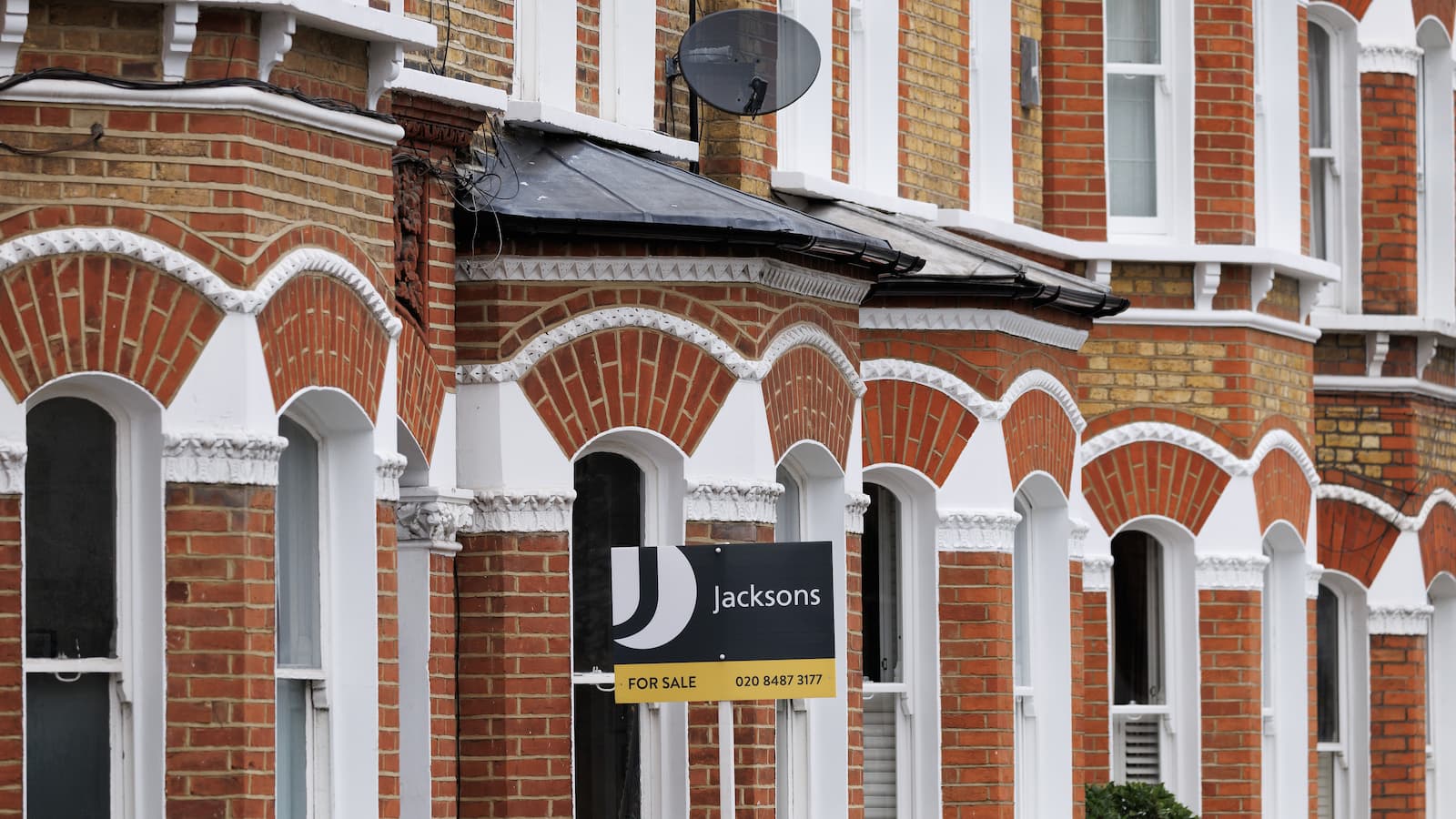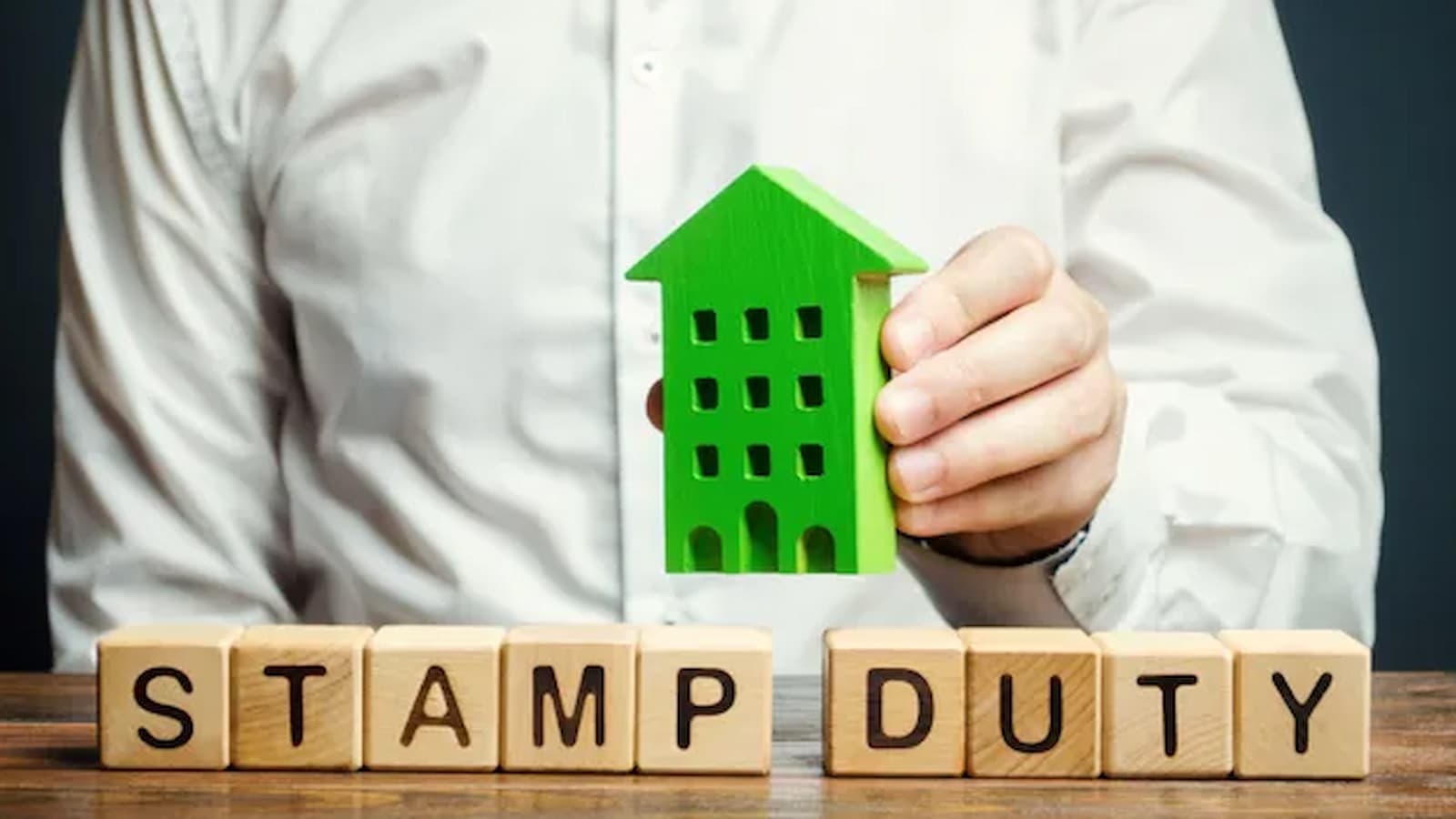Thousands of homes hit market as sellers cut prices post stamp duty change
Fresh data from Yopa reveals a surge of new listings and widespread price cuts – signs that sellers may be trying to offset rising stamp duty costs

If you're planning a renovation, eyeing your next self-build plot, or just waiting for the right time to buy, a wave of new homes has just hit the market, and many come with reduced price tags.
New research from estate agency Yopa suggests that over 53,000 properties have been listed for sale in England in the first week of April, following the end of the government’s temporary stamp duty relief.
At the same time, a large number of sellers appear to be lowering their asking prices – especially in the price ranges most affected by the tax changes.
So, what’s happening in the market and what does it mean for those looking at buying a house, renovate, or invest?
A market on the move?
Yopa’s research, which looked at more than 430,000 properties currently listed for sale in England, found that 53,468 of these came onto the market between April 1st and 7th - immediately after the return to lower stamp duty thresholds.
The South East and London led in terms of volume of new listings, with over 10,000 and 8,200 respectively.
The timing may be more than coincidence. Yopa suggests that this surge could reflect sellers waiting for greater clarity after the stamp duty change before listing their properties.
Get the Homebuilding & Renovating Newsletter
Bring your dream home to life with expert advice, how to guides and design inspiration. Sign up for our newsletter and get two free tickets to a Homebuilding & Renovating Show near you.
It also follows reports from December 2024, when many buyers were said to be rushing to complete purchases ahead of the 31st March deadline, keen to secure their homes while the higher stamp duty relief was still in effect.
Sellers cutting prices in key bands

Perhaps more telling for those looking to buy or renovate is Yopa’s finding that many sellers appear to be adjusting house prices in response to the new tax burden. Their data shows that:
- 38% of homes listed between £125,000 and £250,000 – the price band newly subject to 2% stamp duty – have had price reductions.
- Similarly, 35% of homes under £125,000 have seen cuts, potentially an effort to keep listings under the tax-free threshold.
Yopa interprets this as a sign that sellers are attempting to share the load of the additional stamp duty costs with buyers.
It’s important to remember that these are observed trends in price listings, not direct insight into sellers’ intentions or financial motivations.
What could this mean for renovators
For those in the homebuilding or renovation space, the combination of increased market supply and downward price pressure - if sustained - could mean more opportunities to negotiate.
Verona Frankish, CEO of Yopa, offered commentary on the figures, stating: “It’s clear that a large proportion of sellers who are looking to make their move in 2025 chose to sit tight until the dust had settled on the recent stamp duty deadline... [and] a high proportion of homes listed within the new 2% stamp duty charge threshold [are] reducing in asking price to help mitigate the additional cost incurred.”
That said, market dynamics can shift quickly, and it’s still early days post-deadline. While the price cuts observed by Yopa may suggest more negotiation room for buyers, whether this leads to broader affordability improvements remains to be seen.

News Editor Joseph has previously written for Today’s Media and Chambers & Partners, focusing on news for conveyancers and industry professionals. Joseph has just started his own self build project, building his own home on his family’s farm with planning permission for a timber frame, three-bedroom house in a one-acre field. The foundation work has already begun and he hopes to have the home built in the next year. Prior to this he renovated his family's home as well as doing several DIY projects, including installing a shower, building sheds, and livestock fences and shelters for the farm’s animals. Outside of homebuilding, Joseph loves rugby and has written for Rugby World, the world’s largest rugby magazine.
